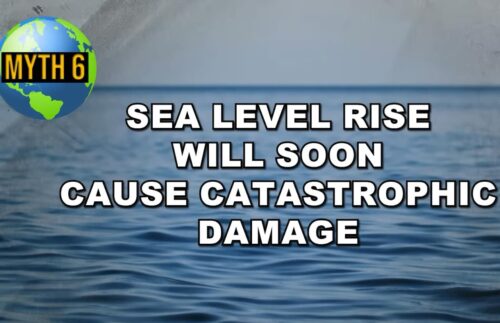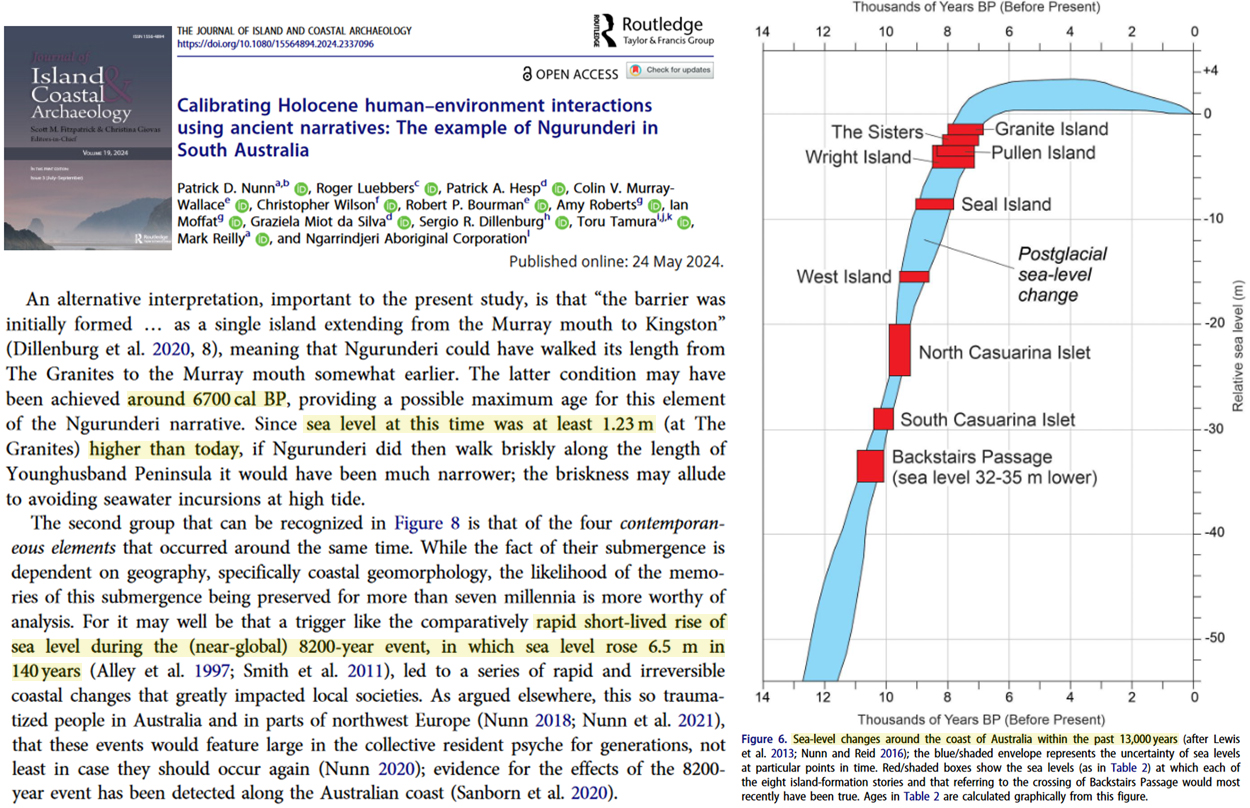by K. Richard, Sep 30, 2025 in NoTricksZone
The mechanisms driving the meters-higher sea levels a few thousand years ago do not support claims that CO2 is a driver.
A comprehensive analysis (Zhang et al., 2025) of the South China Sea region indicates warmer sea water was fundamentally responsible for sea levels that were, on average, 2-3 meters higher (and in some regions as much as 5-7 meters higher) than today from approximately 7000 to 4000 years ago.
“Understanding Holocene high sea levels in the South China Sea (SCS) is critical for understanding climate change and assessing future sea-level rise risks. We provide a comprehensive review of the Holocene highstand in the SCS, focusing on its age, height, and mechanisms. Records reveal a wide range for this highstand: ages span 3480–7500 cal yr BP, while elevations range from −7.40 to 7.53 m relative to the present. Positive elevations dominate (80.5% of records), with the most frequent range being 2–3 m.”
“…the Holocene high sea level in this region occurred between 7200 and 5000 yr BP…at least 2.9-3.8 m higher than today.”
…


